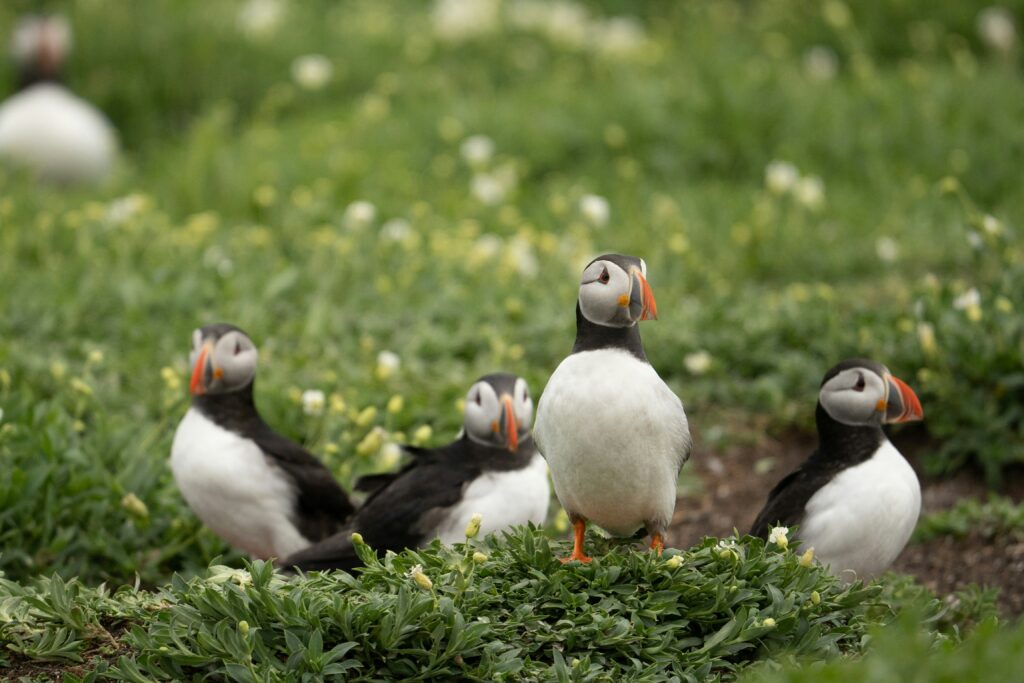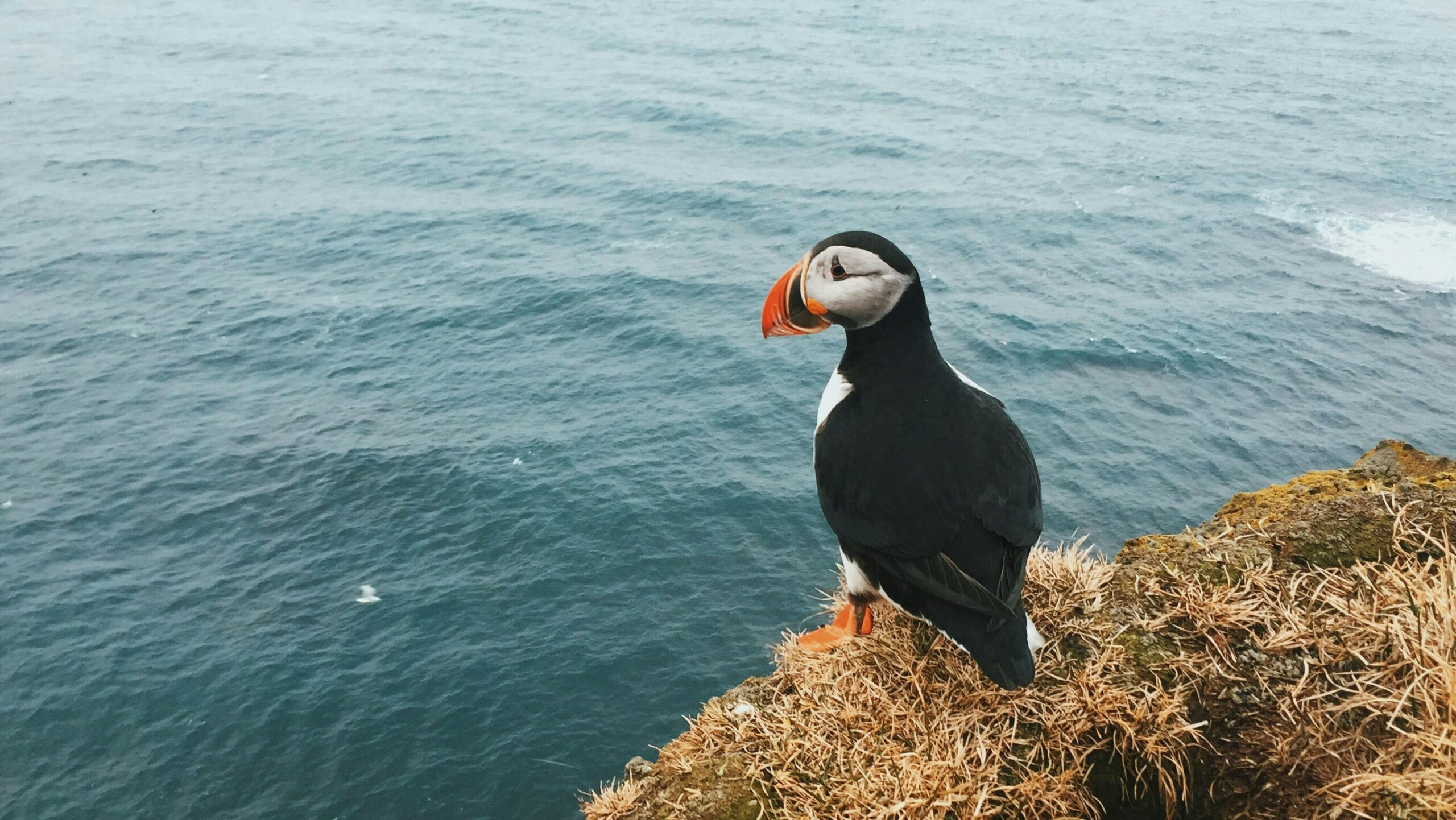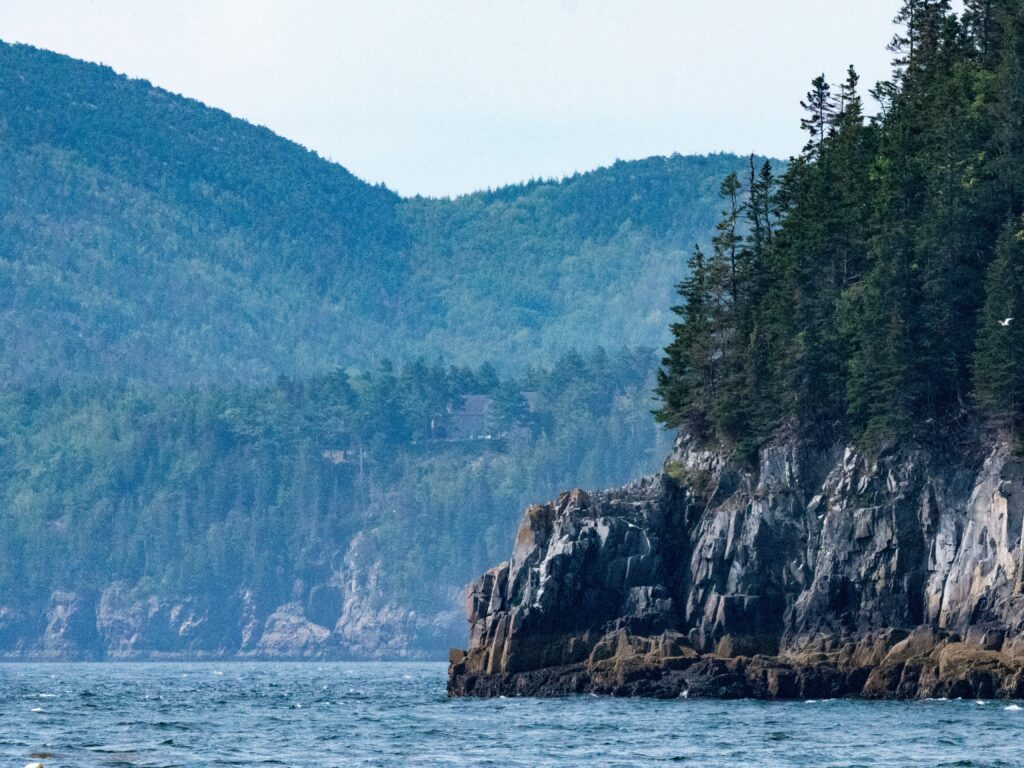Author: Sanuli Wijayasundara
Date: August 3, 2024

Area of Impact:
New Brunswick, Atlantic Canada
Article Information and Location:
Puffins on Canadian Island Facing Climate Challenges
Trinity Sparke, One Green Planet, August 3, 2024
INTRODUCTION
The puffins of Machias Seal Island are undergoing dramatic changes as a result of rising ocean temperatures. Situated southwest of New Brunswick’s Grand Manan Island, this vital seabird sanctuary is home to over 8000 breeding pairs of puffins. Dr. Heather Major, a marine biology professor at the University of New Brunswick, leads a research team studying these birds to uncover the effects of climate change. Since 1995, their findings have highlighted significant alterations in puffin size, beak dimensions, and breeding patterns. As warming waters challenge the puffins’ traditional food sources and habitats, scientists are racing to understand and address the long-term implications for these beloved seabirds.

INFORMATION AND SIGNIFICANCE
The puffins of Machias Seal Island, located about 19 kilometres southwest of New Brunswick’s Grand Manan Island, are facing the effects of rising ocean temperatures. The island, home to around 8,600 breeding pairs of puffins, serves as a critical sanctuary for seabirds. Dr. Heather Major, a marine biology professor at the University of New Brunswick, leads a research team dedicated to studying these puffins to understand the impacts of climate change. Ongoing data collection since 1995 has revealed some concerning trends.
One of the key findings is that young puffins are now smaller when they leave the island compared to previous generations. This size reduction might help them shed heat more efficiently, but its effects on their survival and return rates as adults remain uncertain. Another significant change observed is the timing of hatching, with chicks now hatching later in the season. Additionally, the puffins’ characteristic bright beaks, used for carrying fish and attracting mates, have been observed to grow larger, potentially aiding in heat dissipation.
The Gulf of Maine, which influences the Bay of Fundy, has warmed significantly since the 1980s, leading to changes in ocean conditions that affect puffin survival. The availability of the puffins’ preferred food, Atlantic herring, has declined, forcing chicks to consume less nutritious prey like squid and sand eels. Efforts to track feeding patterns have shown that parent puffins must travel further and dive deeper for food, increasing stress on the adults (Kress et al.). With puffins already listed as vulnerable by the International Union for Conservation of Nature, ongoing climate changes pose a serious threat to their populations, prompting scientists like Major to continue monitoring and seeking solutions to mitigate these impacts.

CONCLUSION
As climate change continues to reshape the ecosystem of Machias Seal Island, the future of its puffin population hangs in the balance. These treasured birds face unprecedented challenges that demand our attention and action. Atlantic Canadians can play a crucial role in supporting conservation efforts by advocating for sustainable fishing practices, reducing carbon footprints, and supporting local environmental organizations. By taking these steps, we can help protect the puffins and preserve the natural heritage of our region for future generations.
